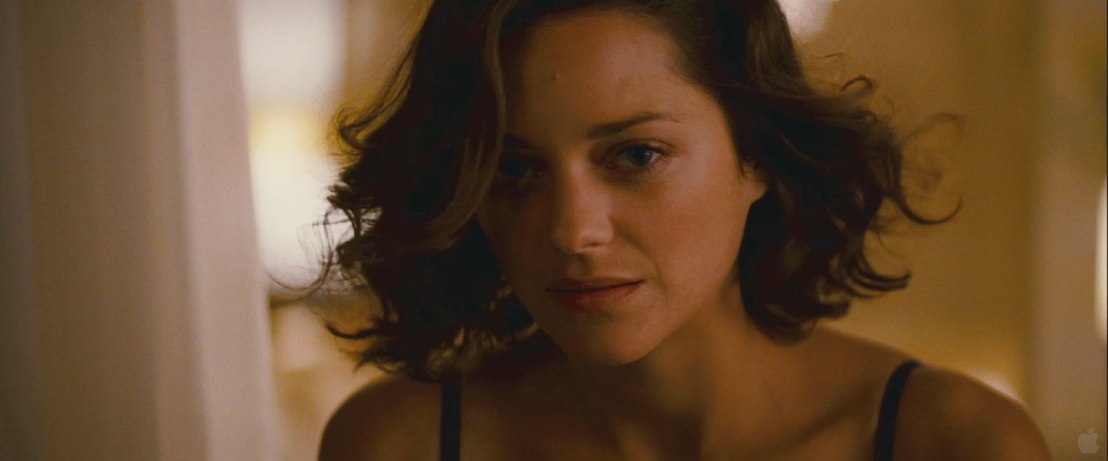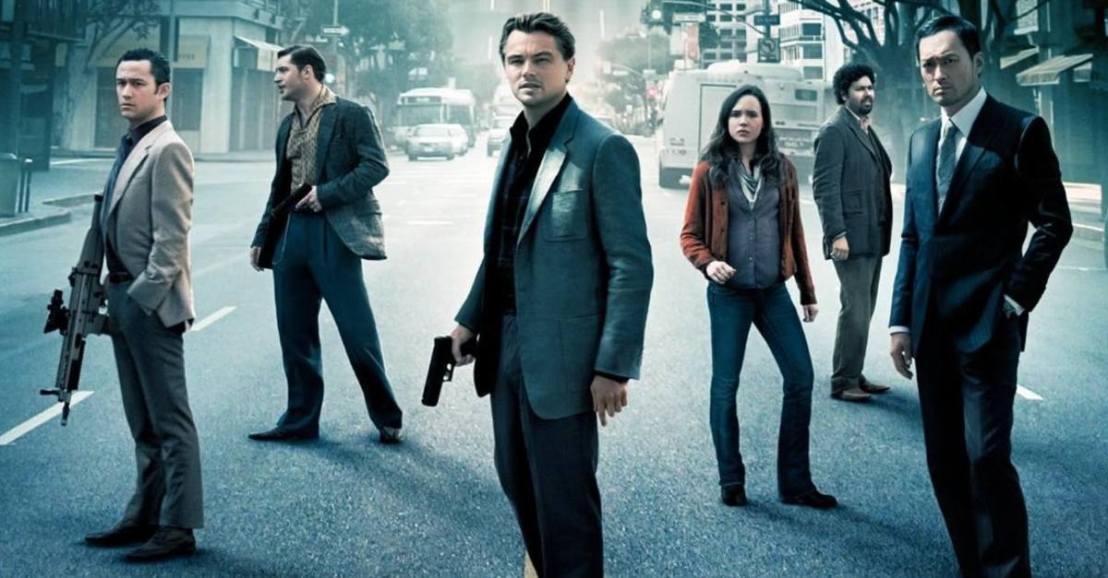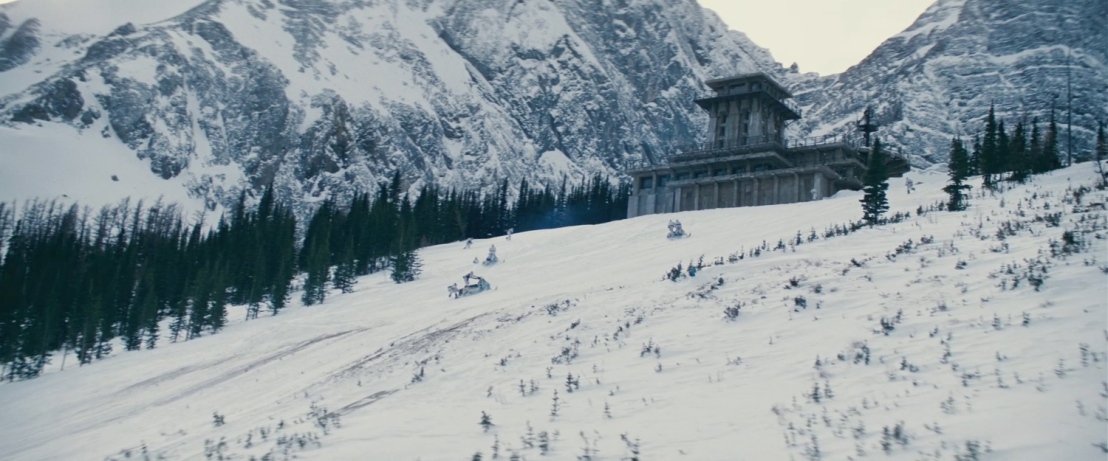Note: this post contains no spoilers.
I’m pretty confident that everyone reading this article has watched a movie before, but actually understanding them is a whole different ball game.
I watched Inception (2010) for the first time in my high school Psychology class. It left me completely speechless. Catching everything Christopher Nolan, the director, throws at you during the 2.5-hour film is very difficult—especially the first time watching it—but by the third time… actually, who am I kidding? It still slightly confuses me. But it blows me away too.
Anyone can learn how to analyze movies. By following these tips, you can pick up on directing techniques and ultimately have a more enjoyable watching experience.
If you have not seen Inception, I recommend watching the trailer before reading on.
1. Storyline
The story arc. The most important aspect of a movie. Ask yourself: are all of the scenes necessary to the development of the story? The order of the scenes is also crucial to how well the story is understood by viewers.
Nolan took a huge risk with Inception right off the bat. The first scene takes place near the end of the movie and makes absolutely no sense until the second time you watch it.
2. Writing
Ultimately, the quality of the script decides the fate of a movie. While watching a film, ask yourself if the dialogue sounds natural. Also, viewers should be able to come to their own conclusions.

The main character in Inception can’t see his kids because he is wanted in America for the death of his wife. Flashbacks imply that he is innocent, but Nolan allows the viewers to decide if he really is or not.
3. Acting
Facial expressions and subtle actions can reveal more details about characters than the dialogue if they are executed well. Ask: is the acting believable? Poor acting bores the viewer.

Casting directors chose great, well-known actors to be in Inception, including Leonardo DiCaprio (Titanic), Ellen Page (Juno), and Joseph Gordon-Levitt (500 Days of Summer).
4. Camera techniques
Different camera angles have different effects; for example, over-the-shoulder shots establish connections between characters during dialogue. Decide if the director chose a variety of shots that enhance the story.


5. Editing
The last step of the filmmaking process is the most impactful. Different cuts change the entire tone of the movie; for example, jump cuts allow it to be fast-paced. Ask: did the movie have a variety of editing techniques that flow well?
The last 30 minutes of Inception jumps between four different scenes, but the editing makes it seem as if they are all happening at the same time.
Now you’re ready to go out there and make a great movie!
Well… maybe not. But now you know how to fully appreciate any film you watch. If you only take away one point from this post, 1) I am disappointed that I wrote all of this for nothing, but 2) I hope you take away this:
good story arc + variety of creative camera angles and editing techniques = a great movie
Sorry for turning this into a math lesson, but before you go test out your new skill of analysis on your favorite movie, watch Inception 3 times. I promise–it’s totally worth it. And not a waste of 7.5 hours.
Featured image by Warner Bros via Slashfilm.com

this is great
LikeLike
This is great! Gonna use this the next time I watch a movie!
LikeLike